Tiny World of Weeds: A Photo Essay
Did you know that the plants we often call weeds are also known as nature’s band-aid? Certain types of weed tend to grow in areas where they are needed while also providing food for wildlife. While I do not recommend letting weeds go wild in our gardens, I do believe that we don’t need to completely eliminate them either.
Below are the weeds I took from the garden using my phone and a macro lens. I am only focusing on the tiny weeds I can find around, mostly ground covers for this post. They look pretty amazing up close don’t you think?
Makahiya (Mimosa pudica)
Makahiya is a legume so it helps bring nitrogen to the soil. It is also a source of food for our honeybees.
Agas-moro (Vernonia cinerea)
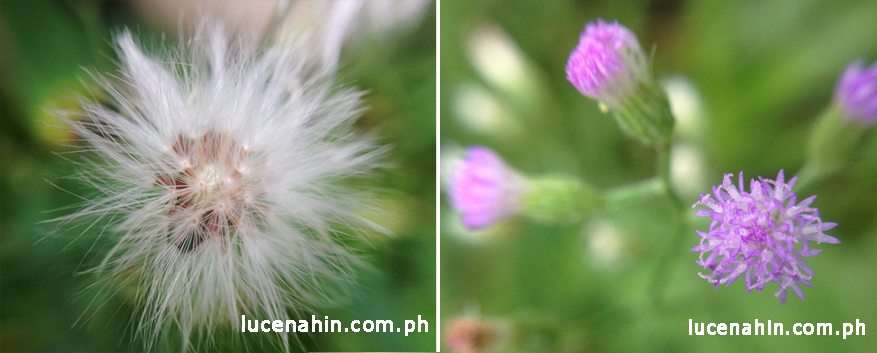
These tiny purple flowers attract small butterflies and bees. The flower turns to a puffy seed head (left) upon maturity.
Fringed Spiderflower (Cleome rutidosperma)
This weed serves as food for caterpillars and is an alternate host for other garden pests such as aphids. You might want to keep this away from your vegetable patch.
Uray (Amaranthus spinosus Linn.)
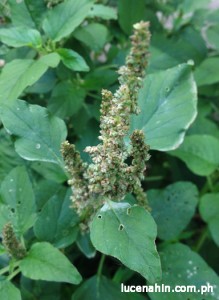
This spiny weed is a bushy plant that attracts beneficial pest-eating bugs (Orius tantillus).
Tawa-tawa (Euphorbia hirta)
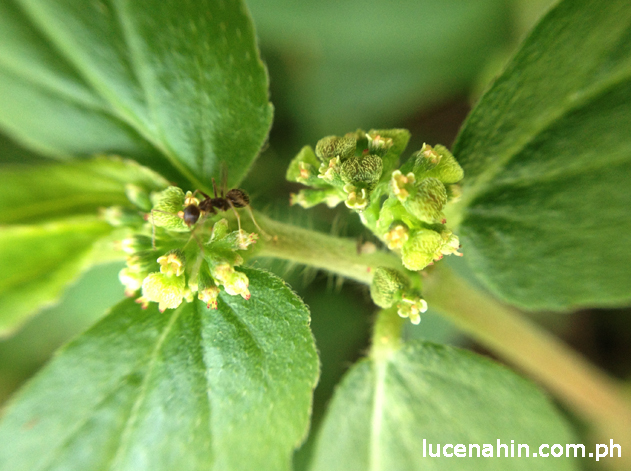
This common weed serves as food for butterflies and sunbirds.
Bias-bias (Commelina benghalensis Linn.)
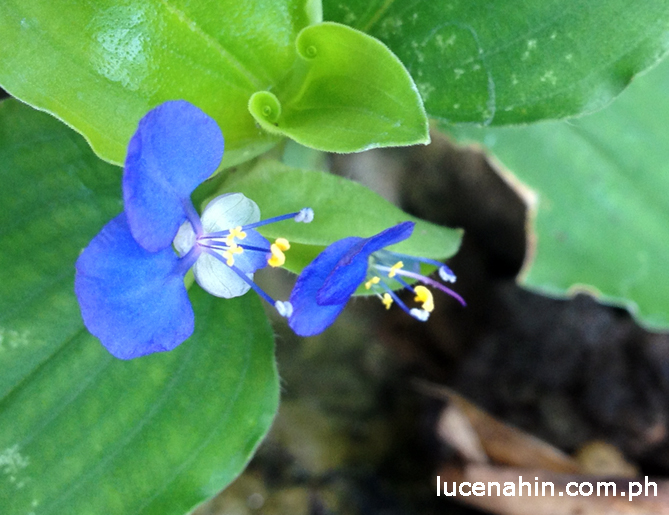
Also called Bengal Dayflower, its flowers only lasts one day. It serves as food for bees.
Pansit-Pansitan (Peperomia pellucida)
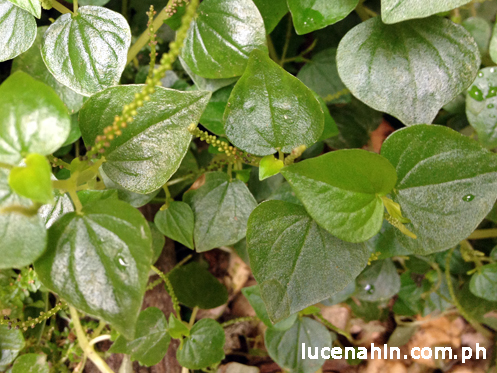
This was listed as an edible and medicinal herb. Please verify this first with a nutritionist or someone knowledgeable about this before consuming. I myself haven’t tried eating this.
Yellow Woodsorrel (Oxalis stricta)
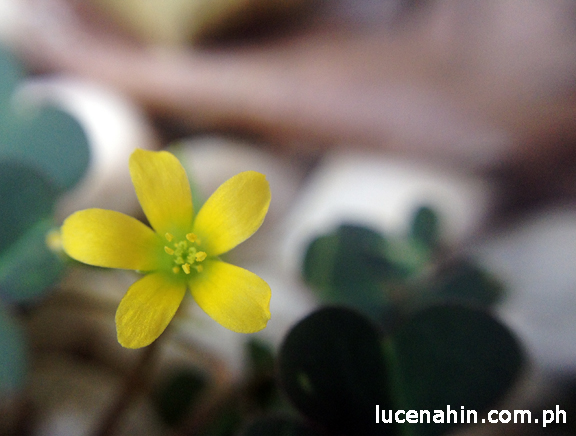
This weed is a food source for birds and insects.
Kaliskis-Dalag (Desmodium triflorum (Linn.) DC.)
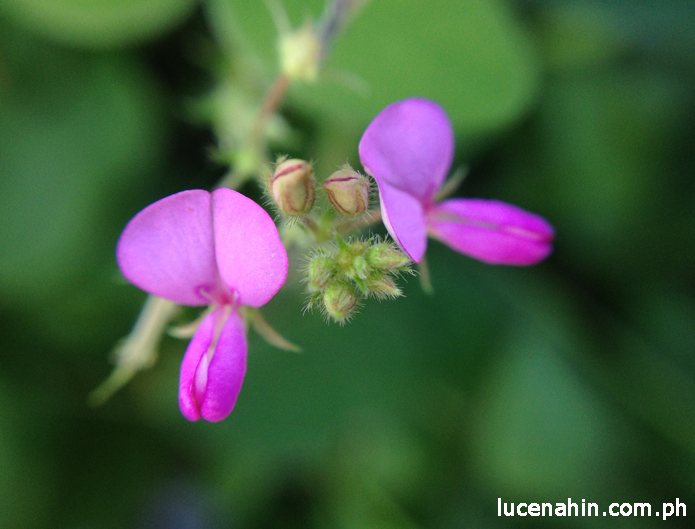
This plant is a ground cover legume.
Anuang (Kyllinga monocephala Rottb.)
Also called Whitehead Spikehedge, this weed is commonly found in grasslands.
Other flowering weeds in the Garden
I’ve searched thoroughly for the names of the following weeds. Unfortunately, I wasn’t able to find them. If you have any idea what they are, please let me know in the comments.
A.
B.
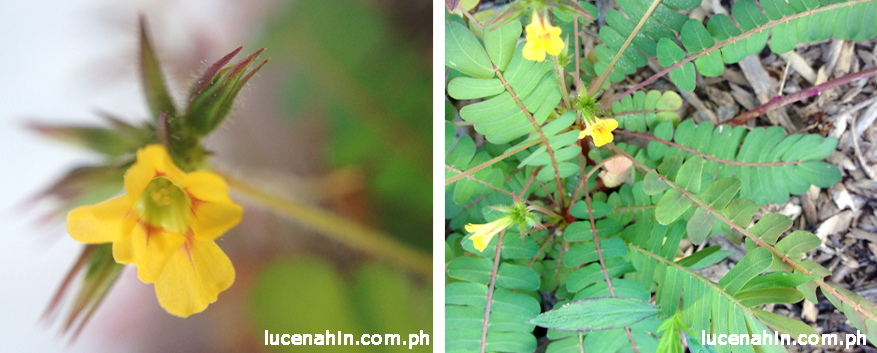
C.
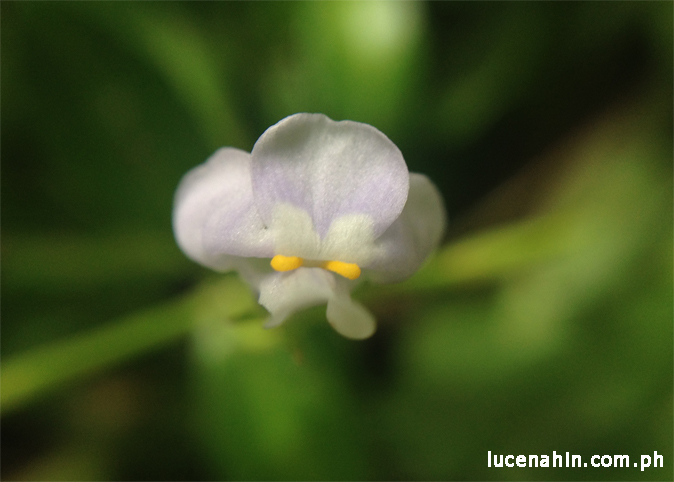
D.
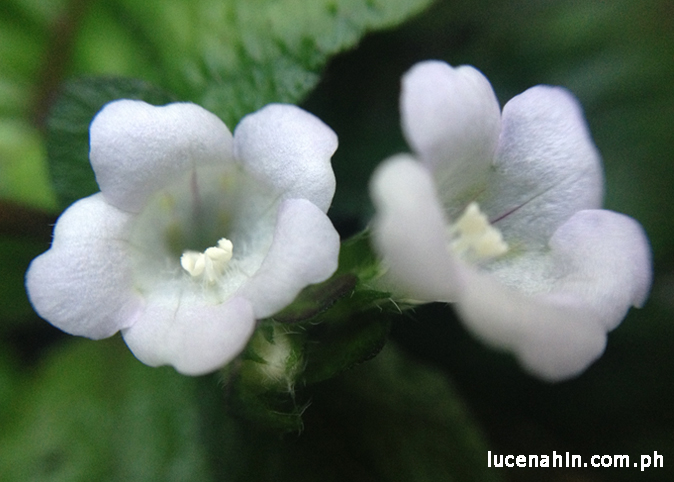
It was a pleasant surprise to find out how these tiny flowers look like. Even wonderful to know is how they provide food for pollinating insects, birds and sometimes humans too.
Attracting plenty of bees and insects in our garden will result in more fruits and vegetables through pollination – a process of transferring pollen from “male parts” of a flower to the “female parts” of another flower of the same crop. Have you seen how bees transfer from one flower to another? That is how they help the crops and you. Many crops like coconuts, avocado, pechay, watermelon, guava, mangoes, papaya and many more need pollinating bees and insects just to get good harvests, so let’s help the declining wildlife population by keeping some of their food source that popped up voluntarily in our garden.
References:
Pollination by Honeybees in the Philippines (http://beephilippines.info/bee-pollination-and-crop-yields/)
Butterflies of Singapore (http://butterflycircle.blogspot.com/2010/06/life-history-of-striped-albatross.html)
Calub, Blesilda and Matienzo, Edna Luisa (2013). Organic Agriculture. Philippines: UP Open University
Cocannouer , Joseph (1950) Weeds: Guardians of the Soil (http://journeytoforever.org/farm_library/weeds/WeedsToC.html)
Cookies on Invasive Species Compendium (http://www.cabi.org/isc/datasheet/34202)
Crescent Bloom (http://crescentbloom.com/Plants/Specimen/EU/Euphorbia%20hirta.htm)
Dave’s Garden (http://davesgarden.com/guides/pf/go/180422/#ixzz3dtGE84Q0)
Dixie Green (http://www.dixiegreenlawns.com/dayflower)
Garden Guides (http://www.gardenguides.com/75094-uses-mimosa-pudica.html)
My Seed Garden (http://myseedgarden.blogspot.com/2008_08_01_archive.html)
StuartXchange (http://www.stuartxchange.com/index.html)
The Plant Encyclopedia (http://www.theplantencyclopedia.org/wiki/Main_Page)
Urban Forest (http://uforest.org/Species/D/Desmodium_triflorum.html)

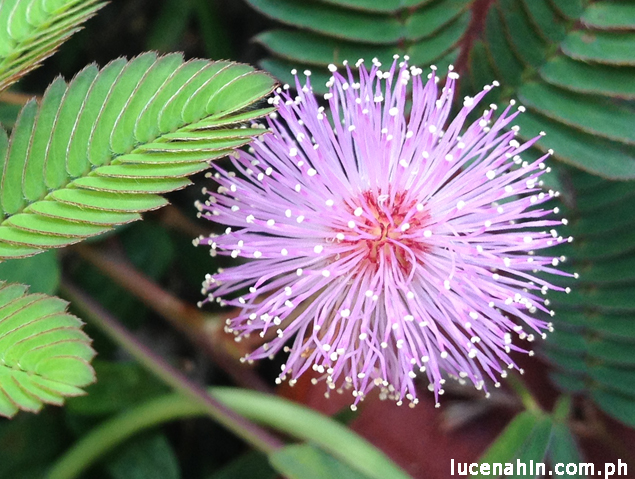
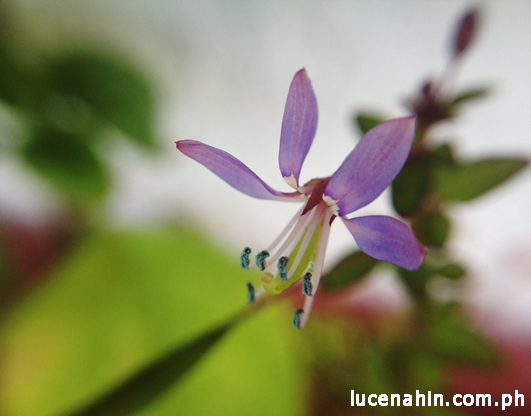
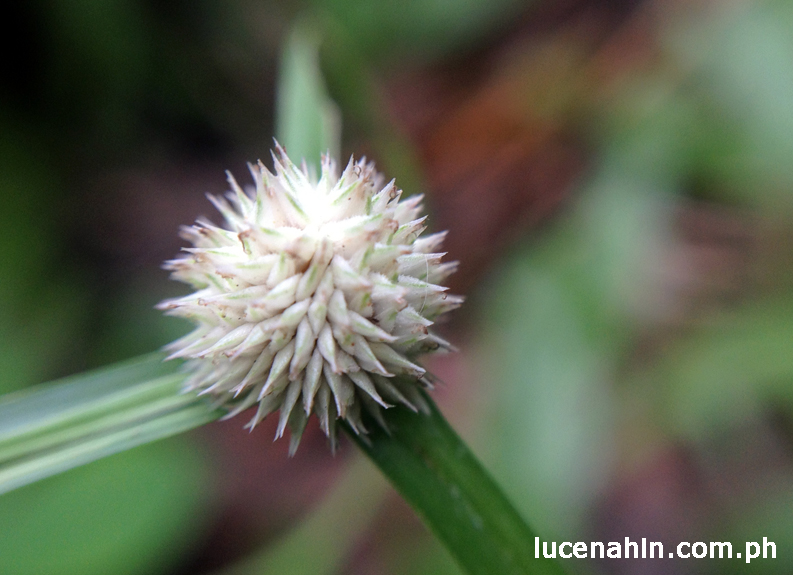
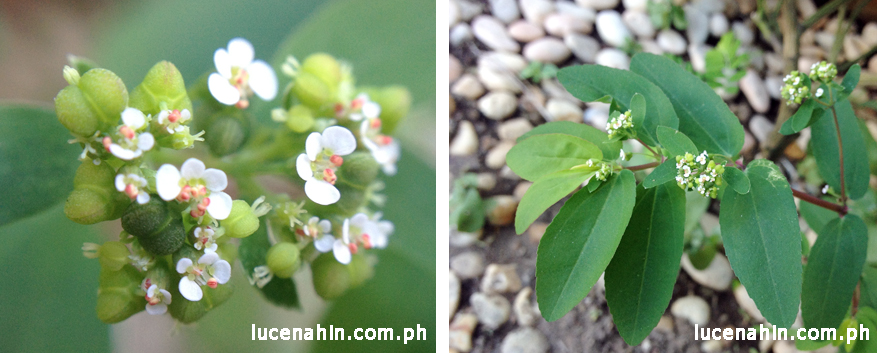
 Philippine Peso
Philippine Peso